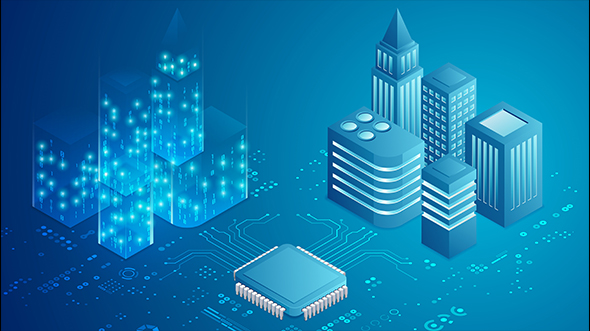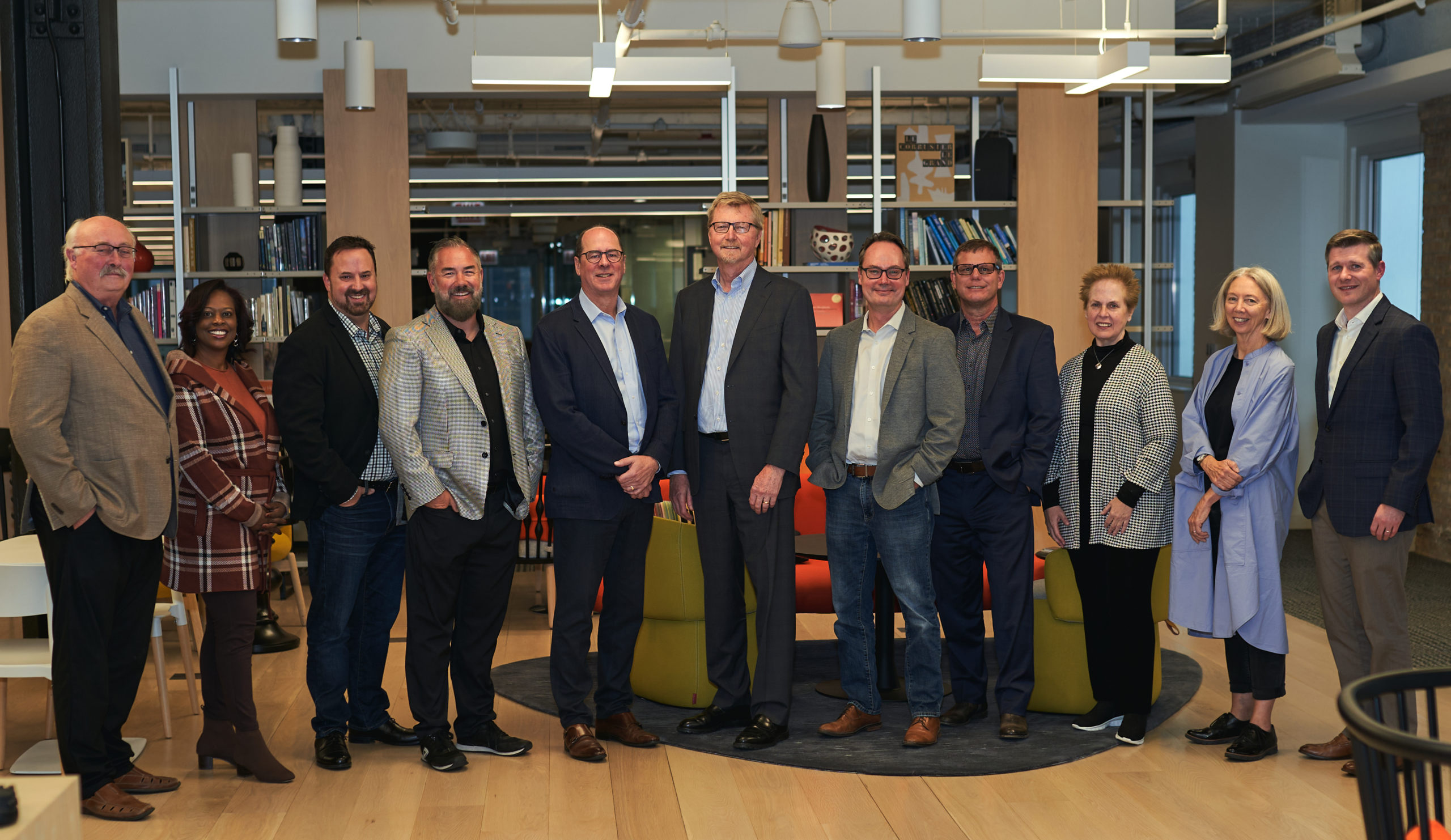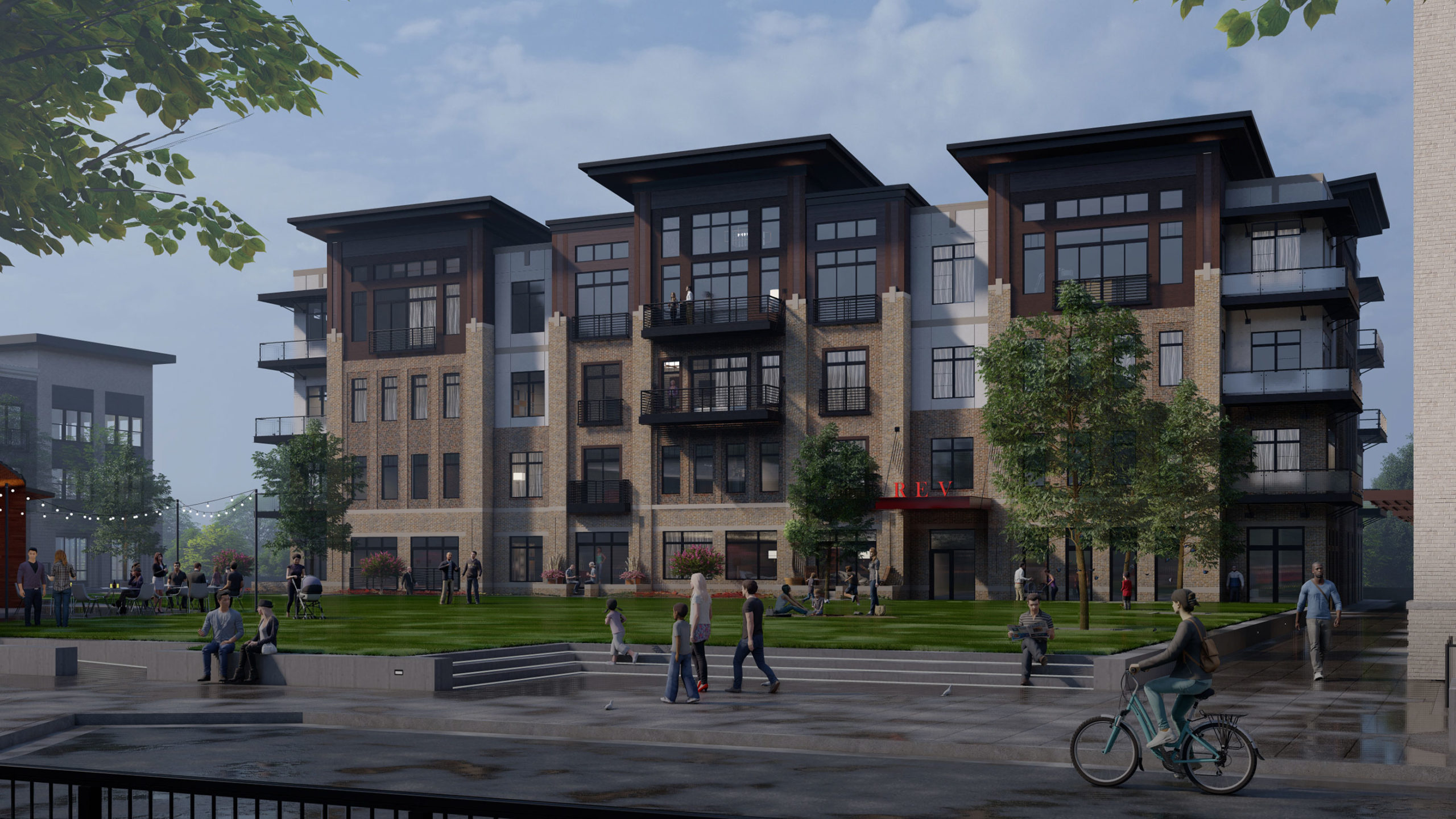
BLOG
—
AI: A Design Perspective
The guitar player stands with his arms casually resting on his guitar. He looks out at the audience, down at his idle instrument, and to center stage where someone off-stage is obviously trying to console the singer-songwriter, the star artist, to resume the show. The audience tolerates the pause as a temporary inconvenience to witness a generational talent. The band members on stage, whose body language is like that of the guitar player, seem similarly resigned. The artist’s occasional temperamental outbursts are known and generally accepted because they pale in comparison to the exceptional quality of the artist’s work. However, tolerance for the artist will diminish if the balance shifts to favor temperament over quality. Maintaining the right balance between temperament and quality requires something of the artist—a recognition of the limits of genius, whether real or imagined, in establishing and maintaining meaningful relationships. This dynamic makes tolerance mutual.
There is something universal to this dynamic. It provides a lens for considering contemporary social divides—we have a lot of “star artists” so convinced of their inviolable genius that tolerance suffocates. Our recent trajectory indicates a hardening of divergent positions, which, if fully realized, can only be resolved through conflict.
Enter AI, which is already so culturally embedded that its abbreviation requires no explanation. Even in its infancy, we have recognized AI’s potential to shape the future sufficiently to fuel intense speculation about how it will mature, what it might look like when all grown up. Speculation so far has focused on what it can and will be able to do and the consequences of that action, particularly to business and employment. AI’s impact on business and employment will create serious ripple effects for culture and society. But this indirect influence is not the same as a consideration of AI’s more direct application to cultural and social constructs. Is AI more likely to increase our capacity for tolerance or to harden divergent positions?
Considering such questions now gives us a better chance of directing AI positively with regard to social and cultural issues. While this social-cultural perspective may be a more focused consideration of AI, it is still broad ranging. Those in the design and construction professions already know that AI will influence the way we shape the built environment. If you believe that there is a symbiotic relationship between the built environment and society, then it is time to consider how use of AI as a design tool may indirectly affect society.
Share this Post



